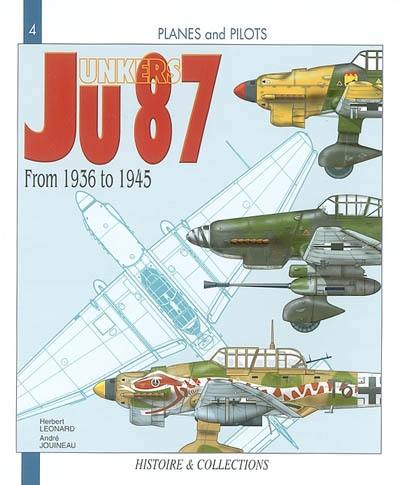
Collection(s) : Avions et pilotes
Paru le 15/05/2003 | Broché 84 pages
Tout public
illustrations André Jouineau
LThe "Stuka" is synonymous with the Junkers Ju-87, the German dive-bomber whose combat efficiency and psychological effect, as much on the military as on the civilian populations, were written in letters of blood in the pages of WWII aviation history. Its name is a contraction of the term "Sturmkampfflugzeug" which means 'dive-bomber' in German. The creation of this type of plane was directly linked to the very rapid evolution of aerial and military tactics and strategies during the Great War.
Although it received a lot of opposition at the outset, the Ju-87 managed to get itself accepted because it was strongly built, its design was modern, it was easy to produce and maintain, and it was able to dive almost vertically on its target. These "qualities' turned it into a formidable weapon when used in conjunction with infantry and armoured units, as when Hitler's troops invaded and occupied Poland, and then the whole of Western Europe.
Everybody, even those who neither experienced nor lived through WWII, knows of the psychological and destructive effects of the "Blitz-Krieg" (Lightning War). During the whole of WWII, the Ju-87s were in the middle of the fray and their pilots were considered to have the hardest and most dangerous task to do. But war wears down even those who are winning. The Allies fighting against Germany rapidly made up the technological advantage that the Luftwaffe had had since before the beginning of the war and relegated the Stuka to less thankless and more appropriate tasks for which it had not been designed, mainly in Russia